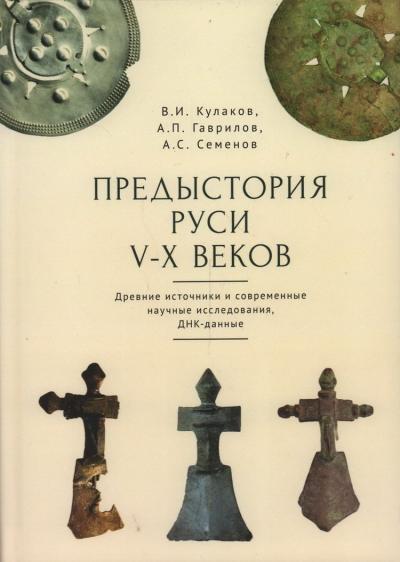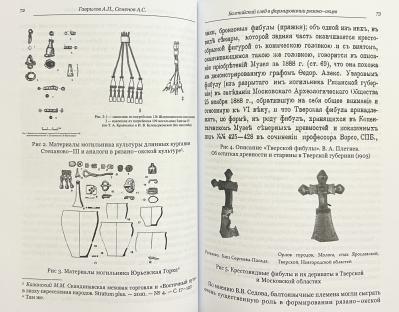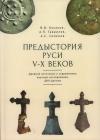Prehistory of Russia V-X centuries. Ancient sources and modern scientific researches. DNA-data
14.99 €
Out of stock
The study of the Ryazano-Oka culture (KROM) and other cultures of the Russian Plain of the IV-X centuries has been going on for more than 100 years. The main area of the Ryazano-Oka circle of cultures is the Middle Pochye, with a significant tendency of dominance in the Volga-Oka interfluve. The Ryazan-Oka center, along with the Old Ladoga center, can be considered as one of the points of laying the foundations of the Old Russian statehood. The authors of the collection set themselves the task of clarifying the issues of statehood formation in the Volga-Oka interfluve on the basis of DNA-data and the study of the most important cultural artifacts - cross-shaped fibulae of the Ryazano-Oka elite and other types of "Oka" fibulae.
The study linked the genesis of fibulae with the Baltic and North Sea shores (including Scandinavia), which can be indicated by DNA data. The authors raise the question of the interrelation (population and material culture) of the Volga-Oka interfluve, the northwest of the present territory of the Russian Federation and the Baltic region of the Great Migration epoch. The population could have Finnish, East Germanic, Baltic, Early Slavic linguistic affiliation. The collection also includes the works of early 20th century scholars: a unique manuscript by D. P. Dementiev-Barmin on the Vetluzh peoples and the Merja people, and a reprint of a 1926 article by F. Y. Seleznev on the archaeology of the Murom tribe. Both scholars are significant representatives of the local history movement of the early 20th century, which preserved certain traditions of Russian chroniclers.
The study linked the genesis of fibulae with the Baltic and North Sea shores (including Scandinavia), which can be indicated by DNA data. The authors raise the question of the interrelation (population and material culture) of the Volga-Oka interfluve, the northwest of the present territory of the Russian Federation and the Baltic region of the Great Migration epoch. The population could have Finnish, East Germanic, Baltic, Early Slavic linguistic affiliation. The collection also includes the works of early 20th century scholars: a unique manuscript by D. P. Dementiev-Barmin on the Vetluzh peoples and the Merja people, and a reprint of a 1926 article by F. Y. Seleznev on the archaeology of the Murom tribe. Both scholars are significant representatives of the local history movement of the early 20th century, which preserved certain traditions of Russian chroniclers.
See also:
- All books by the publisher
- All books by the author












